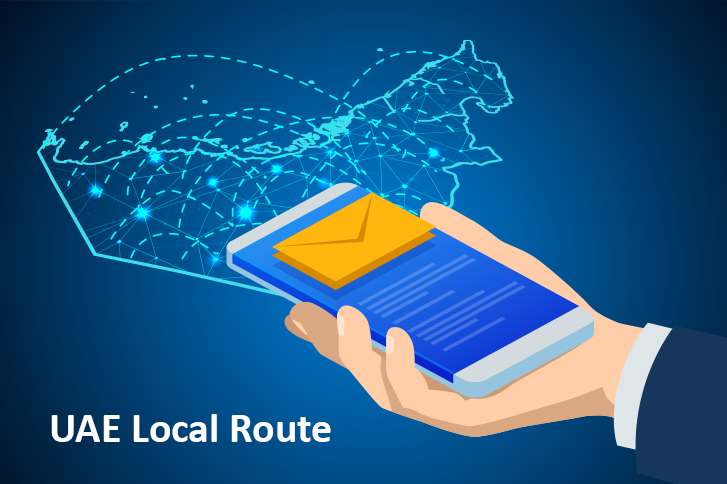“Torture the data, and it will confess to anything“, said Ronald Coase, a renowned economist with clearly a wicked sense of humour. How apt!
There has been much emphasis on how important it is to capture customer data over the last decade. However, if we give it a little thought, customer data and the effective use of it is not something new. Most successful businesses have been practicing data capture going back centuries. It just went by a different theme.
Historically, any business that survived, had done so by simply “knowing their customer.” I am sure we can remember moments of visiting our local market or grocery in the hood and being greeted to friendly banter. The owner or employee would engage you by name, recollect what you had purchased last, if you are lucky, placed aside your favourite brand of chocolates or continue a conversation which was left off previously. Those “old school” businesses collected your data personally and engaged with you one on one. In the end, they built a relationship to gain your loyalty and continued business. It’s no wonder most customers still crave the “Mom & Pop” shop experience.
So, what’s changed? Businesses have, due to increased volumes, transactions and fierce mass price competition, diluted the dependency on personal connection. However, the core customer hasn’t changed much. Sure, there is more choice and information coming their way, but they do still have needs which business can satisfy by…you got it, “Knowing their customers.”

Technologies such as artificial intelligence, have allowed us to personalize our communication with the masses. We therefore hear terms such as CRM (Customer relationship Management) or Loyalty Programs.
These tools, when applied well, allow us an opportunity to mass communicate on a personal level. Typically, they consider three key components:
- Data: Capturing Correct Customer Data.
- Mining: A process/technology to mass determine best ways to personalize a message and convert that raw data into meaningful information, in order to gain loyalty, upsell and cross sell.
- Reach: Communicate a message at the correct time, via the correct tool in the correct context.
Boy-oh-boy how fully have we embraced technology in this digital age! With an abundance of digital touch points available to us, it’s easy to capture more data than what the customer wants to give us, which itself is beyond borderline creepy, but there is way too much data floating around. Imagine if Hansel & Gretel left trails of cross lapping breadcrumbs (they would never reach back home!). And that itself is the crux of the issue. How can we capture effective and consensual data?
Businesses need to be transparent about how they are collecting/using customer data as well as follow local data protection laws. The bottom line is that a business must ensure opt-in consent by the customer and show customers what information they hold and use.
Its smart to zone in on customer’s public social profile and evaluate trends, patterns, likes and choices. It is “sort off” in public domain. The true question however is – how ethical is it? Is it effective? Perhaps, the best way to answer it, does the customer know that you as a business are tracking this information and did they share this with you explicitly?
There are infinite ways of capturing customer data. For now, let’s look at 6 basic and effective options that are typically low hanging fruits which can be used in the GCC. These specifically keep in mind local sensitivities and can be easily actioned at low costs.
- Encourage Web Registrations: Once a customer is registered, you have a way of communicating with them. This also allows for chances to collect additional data.
- The point of sale: Probably one of the best places to capture opt-in database. The POS team are the front line touch point in your stores. The POS systems can be updated to capture sales information linked to the customer.
- Self Service Kiosk: A simple tablet in stores which is incentivised to allow customers to register for offers and deals.
- Newsletter subscriptions: Apply for newsletter subscriptions online or offline.
- Lead forms: Create landing pages and use social/internet adverts to incentivise customers for data capture.
- E-Commerce check out: As one would capture details at the store, the same would apply online.
Pro tip: Once data has been captured don’t forget to send them an SMS and email. This ensures that you have valid contact details and reminds customers that they have shared their data with your business.
Even with the best of efforts during collection, it’s important to validate and clean your data. A continues process to remove uninterested customers, bounced or invalid contacts and merging duplicate data ensures that your costs are less and help increases conversion ratios.
Based on a ShortStack survey, companies that can leverage what they know about their customers outperform their peers by 85 % in sales growth & 25 % in gross margin. To know your customer, is also to value the information they share with your business.
Isn’t it about time we go back to basics?



